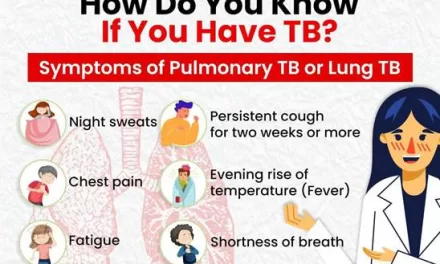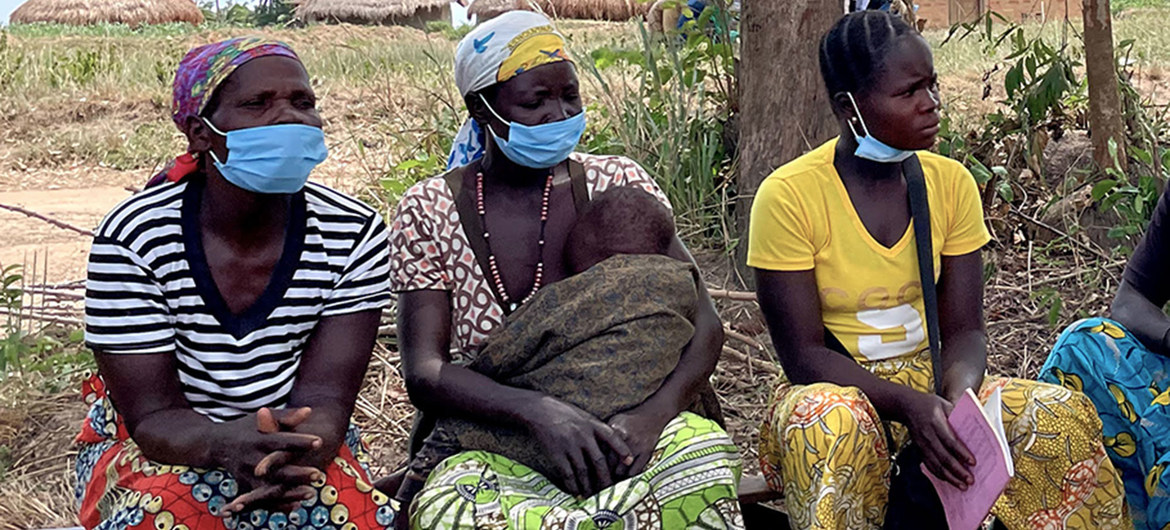A recent study led by researchers at McLean Hospital, a member of the Mass General Brigham health care system, underscores the urgent need for suicide prevention efforts tailored specifically to older adults. Despite having the highest suicide rates among all age groups in the United States, older adults remain underserved by national suicide prevention organizations, which lack easily accessible resources targeting this vulnerable population.
The findings, published in The American Journal of Geriatric Psychiatry, emphasize the necessity of addressing the unique health care needs of older adults within suicide prevention campaigns.
A Growing Crisis
“As clinicians and researchers in geriatric psychiatry, we frequently work with older adults who express suicidal thoughts,” said Dr. Ipsit Vahia, Chief of the Division of Geriatric Psychiatry at McLean Hospital. “Our team was interested in understanding how an older adult in the community may seek resources around suicide prevention and what they are likely to find. What we uncovered was an imbalance in who online suicide prevention efforts are targeted towards, and a great unmet need for older adults.”
The study was conducted by the Technology and Aging Laboratory at McLean Hospital and was motivated by the increasing number of older adults using the internet to seek health information. Researchers analyzed the first-page results of Google searches related to suicide prevention, focusing on well-recognized, not-for-profit organizations and federal agencies. The results revealed a scarcity of resources explicitly addressing older adults, despite widespread acknowledgment of their high suicide risk.
Staggering Statistics
According to the Centers for Disease Control and Prevention (CDC), adults aged 75 and older have one of the highest suicide rates in the U.S., with 20.3 deaths per 100,000 individuals. While suicide rates have declined among several younger age groups, the rate among older adults continues to rise. Researchers attribute this increase to social isolation, loneliness, underrepresentation in mental health research, and systemic implicit biases against aging populations.
The Need for Targeted Solutions
Dr. Vahia emphasized that public-facing suicide prevention campaigns have proven effectiveness and that older adults urgently need tailored interventions. “Our hope is that shedding light on this imbalance may lead to major suicide prevention organizations considering ways to make their resources more easily accessible to older adults,” he said.
The research team calls for a multifaceted approach to addressing this issue. They recommend increasing funding for studies on late-life suicide prevention, developing targeted public awareness campaigns, and ensuring that resources are available on easily accessible online platforms. These efforts could help bridge the gap and provide older adults with the support they need.
Looking Forward
The study’s authors stress that tackling the disparities in suicide prevention efforts requires a collaborative effort among policymakers, healthcare providers, and nonprofit organizations. By prioritizing older adult-specific suicide prevention measures, the U.S. can take a significant step toward reducing suicide rates in this vulnerable demographic.
Disclaimer:
This article is for informational purposes only and does not constitute medical or psychological advice. If you or someone you know is struggling with suicidal thoughts, please seek professional help immediately or call a crisis hotline for support.












